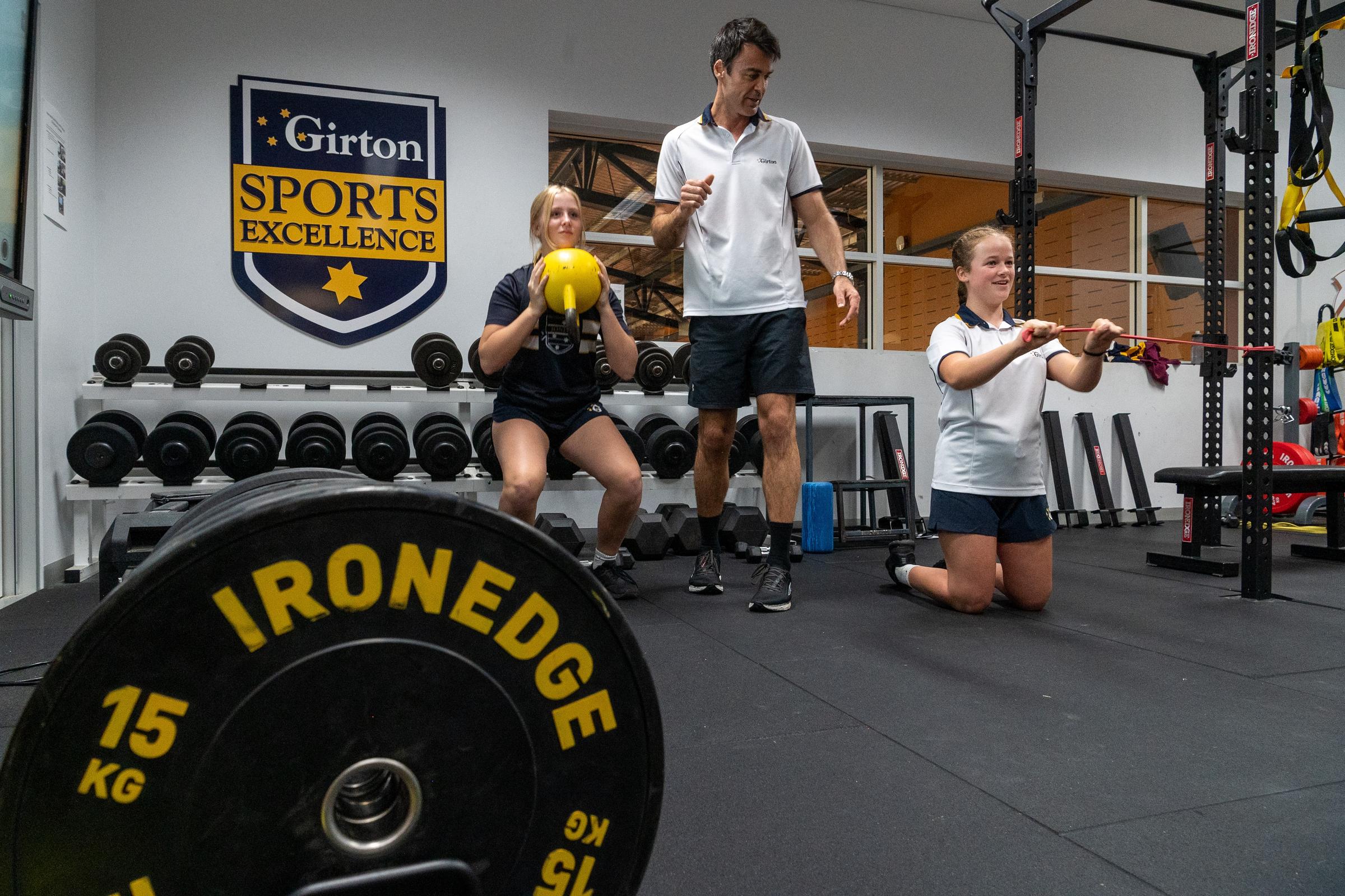In-Season vs Off Season Programming

Sports Excellence News
When it comes to designing a gym program, whether it's for the in-season or off-season, the specific goals and needs of the individual play a crucial role.
As we head into In-Season work, The primary objective is to maintain the strength, power, and conditioning levels achieved during the off-season. The focus shifts more towards sport-specific training and performance enhancement rather than trying to make significant gains in strength or muscle size.
Frequency: Depending on the sport's demands, aim for 2-3 gym sessions per week to ensure sufficient recovery time and energy for sport-specific training and competition.
Reduce Volume: Reduce the overall training volume (number of sets and exercises) compared to the off-season. The goal is to prevent excessive muscle soreness and fatigue that could affect performance.
Prioritize Key Exercises: Select a few key exercises that target the major muscle groups and movement patterns relevant to your sport. This approach helps maintain functional strength and reduces the risk of injury.
Incorporate Mobility and Flexibility: Include dynamic warm-up exercises, mobility drills, and stretching to enhance joint mobility, flexibility, and prevent injuries.
This post demonstrates an example of an in-season session for an elite football player. The session begins with a velocity block made up of two plyometric exercises. One exercise focuses on developing a powerful concentric jump from the blocks, while the other targets lateral force application. The main session has a strong focus on lower limb strength with a considerable emphasis on posterior chain development.
The session also includes trunk development, and upper limb strength work as a secondary focus.
V1) Trap Bar Jump- Concentric
V2) Lateral Bound – Return to Box
A1) Back Squat
A2) Box Jump
B1) Hip Thrust - 1 leg landmine
B2) TKE to A-Position
R1) Bosch March
R2) Foot Health Sequence
Mr Ben Furphy
Head of Athletic Development
